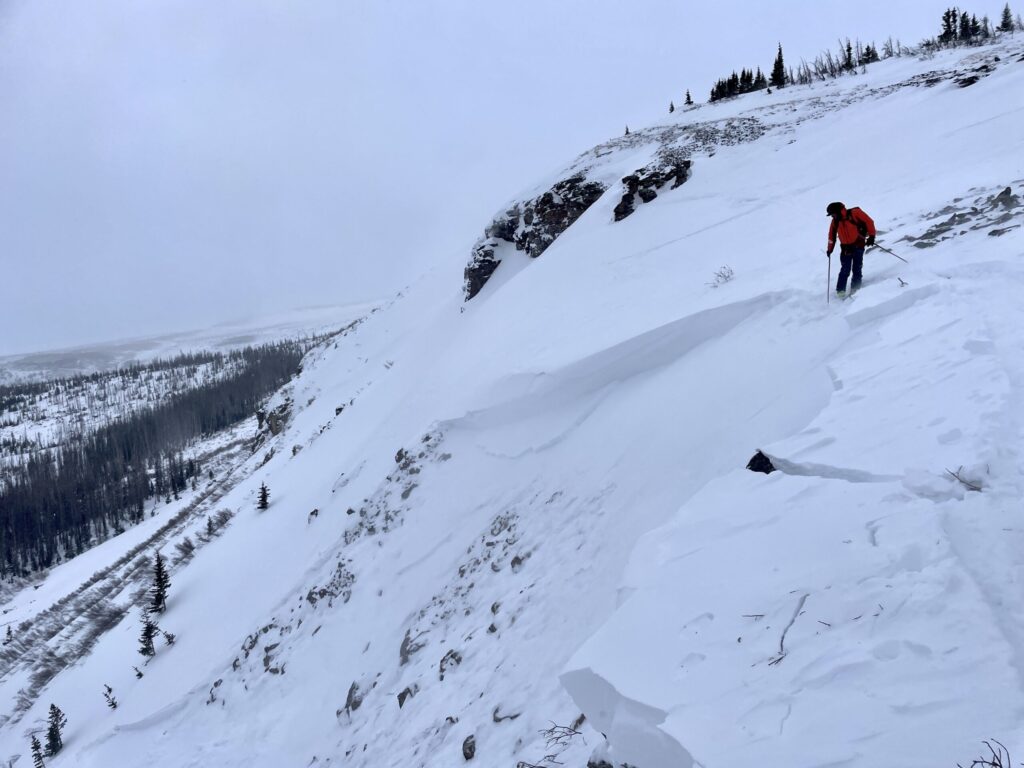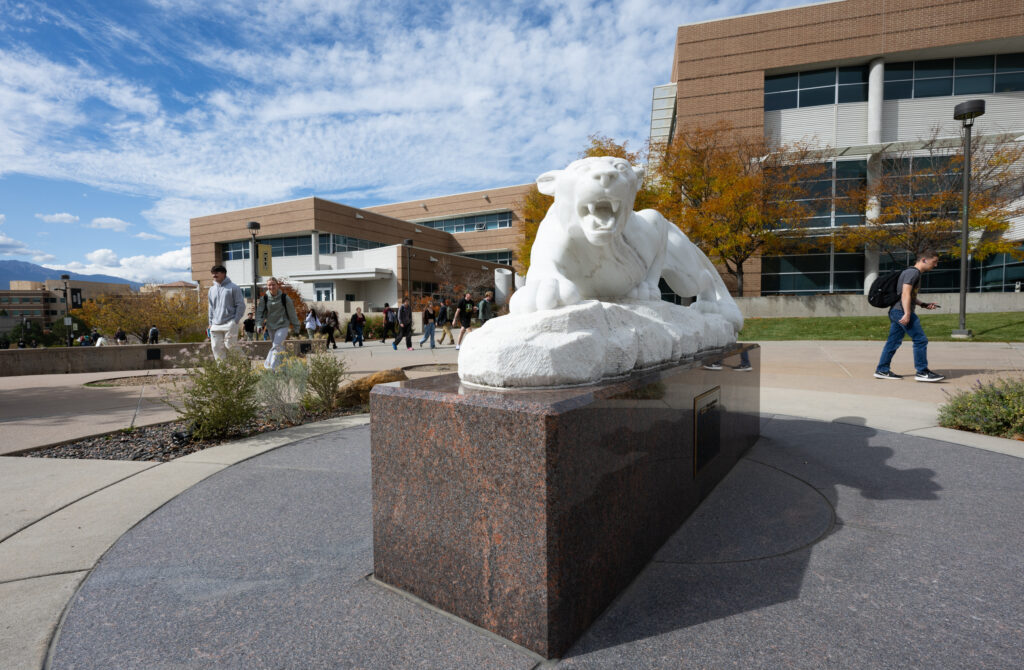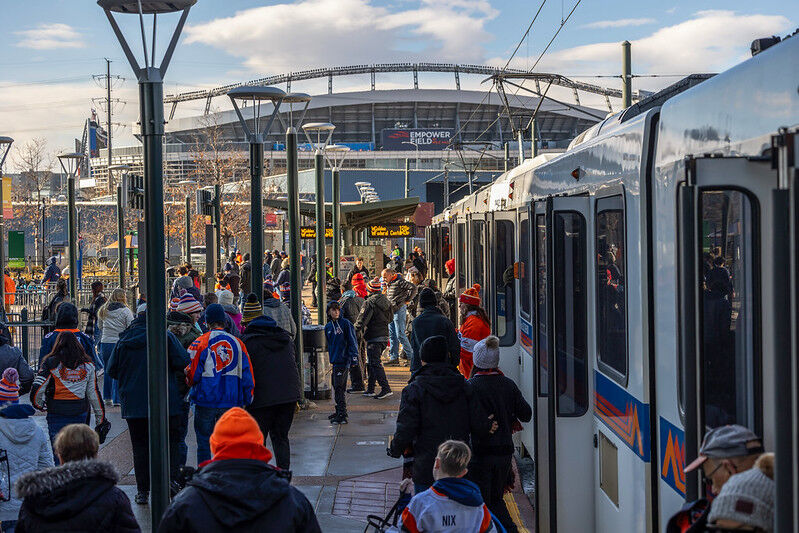Sterling Ranch cattle drive honors history, represents key fire protection strategy
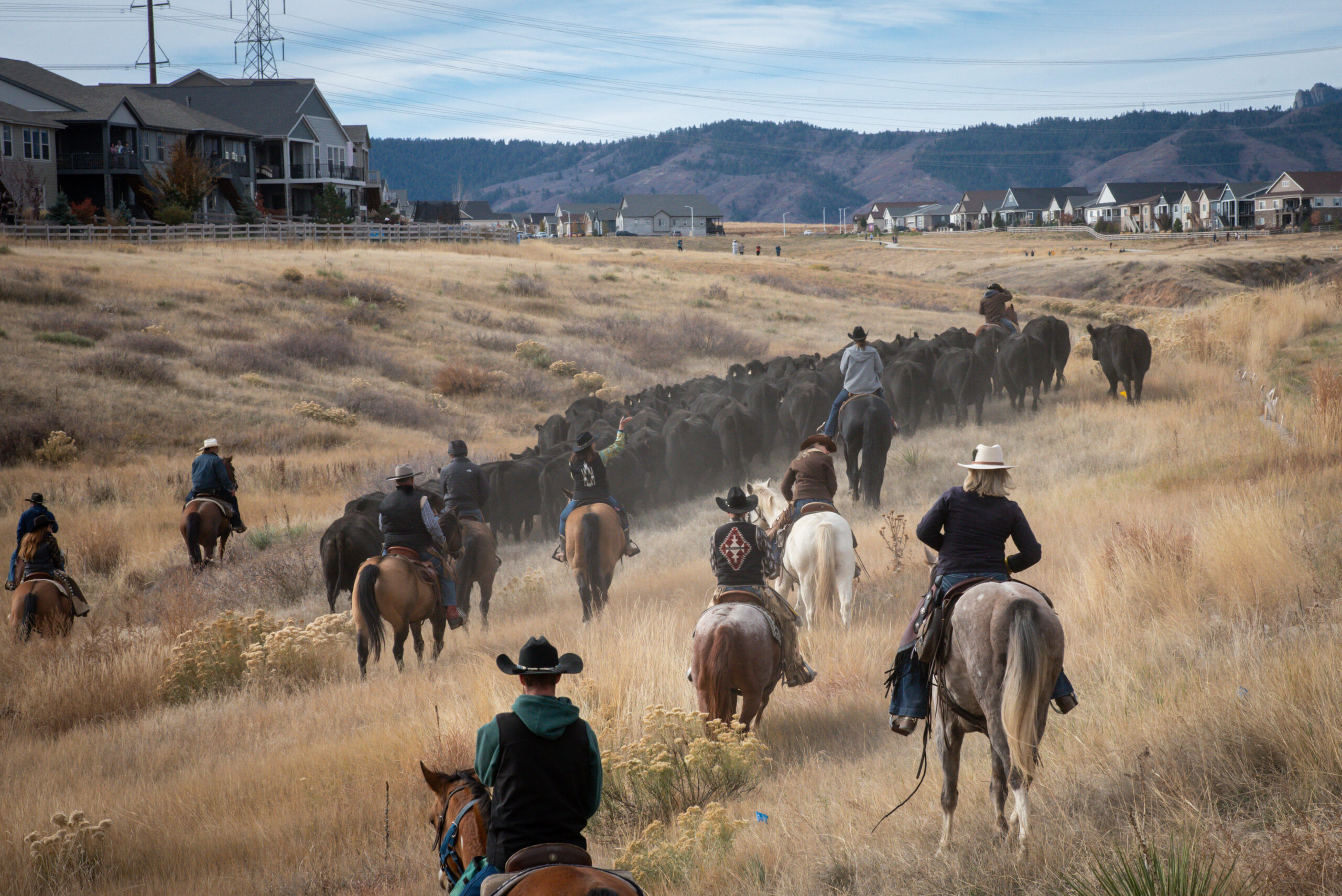
An annual tradition in a Douglas County master-planned community not only honors western heritage but also highlights a strategy to mitigate wildfires in a county prone to them.
On Saturday, more than 100 head of cattle traveled across Sterling Ranch, an over 3,400-acre property set to grow to over 12,050 homes in the next two decades, according to a news release. Saturday was the fifth annual Sterling Ranch cattle drive.
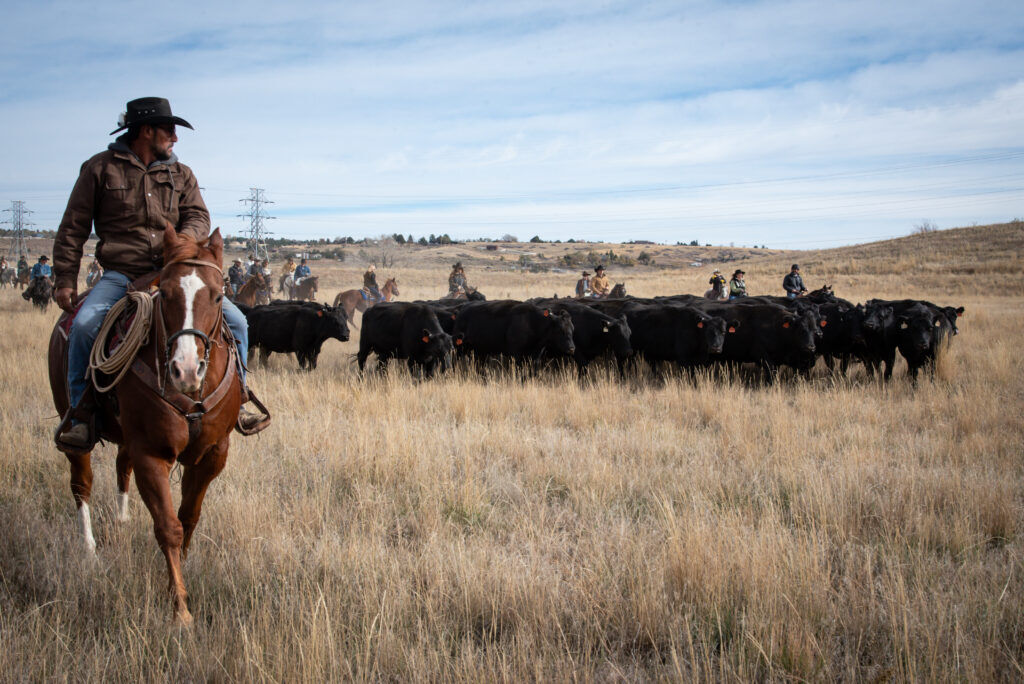
In Colorado, cattle ranching is important for ecosystem management, the beef market and continuing heritage the Centennial State was founded upon.
In Sterling Ranch, cattle ranching equally means environmental sustainability.
The strategy for cattle herds is called “grazing,” which allows the animals to eat the grass, or other plants, from a field or pasture, according to the release. Sterling Ranch ranchers followed a rotational grazing schedule, meaning the cattle drive transferred the animals from summer pastures to their new winter prairies.

The cattle’s new winter home on the property is where they will birth their calves, according to Sterling Ranch.
There are benefits to cattle herding.
“Rotational grazing also provides an important source of fire protection for Sterling Ranch as the cattle feed on the prairie grasses that would otherwise become excessive fuel to feed a fire,” Sterling Ranch officials said in the news release.
Douglas County, made up of 51% open space, has long addressed wildfire risks in its county south of Denver. It has its own wildfire response helicopter stationed near Sterling Ranch.
Beginning at 10:30 a.m. Saturday, the over 100 head of cattle, part of a 200-head herd poised to live on the prairie, gathered with cowboys and cowgirls at Titan and Moore roads. The cattle drive included cowboys and cowgirls from Round up Riders of the West and animals from the Clough Cattle Company.
The herd traveled through the neighborhood and open fields, where hundreds of Sterling Ranch residents greeted ranchers and the animals.
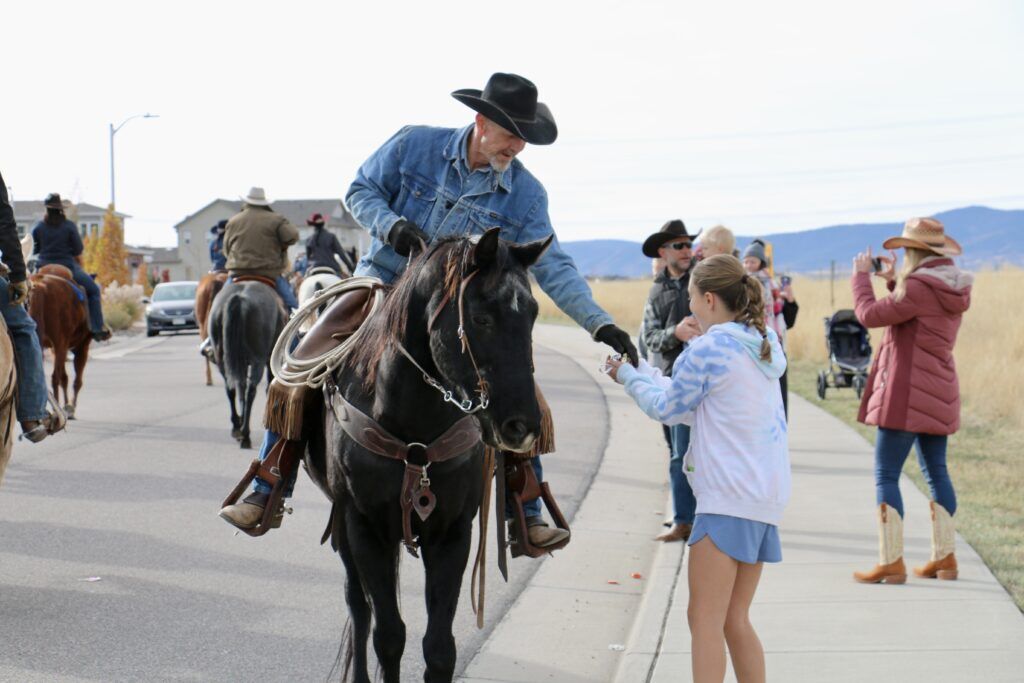
“Cattle drives are a longtime western tradition and grazing of cattle is a key part of the strategy of building a robust ecosystem and is part of the unique vision of Sterling Ranch where the community lives with nature,” Sterling Ranch Founder Harold Smethills said in the release.
“By grazing the land,” he added, “not only is fire risk reduced, but the hooves of the cattle aerate the land, the cow manure fertilizes the land, and the low grass provides protection for all types of species from predators.”
Before Sterling Ranch began building homes in 2015, owners created a “prairie management plan” to manage wildlife cultivation.

“With new plantings in place, the ownership team brought the cattle back to Sterling Ranch and implemented rotational grazing,” community officials said.
“The result,” they said, “is a vibrant prairie land that provides forage and shelter for wildlife and an incredible wildlife habitat for Sterling Ranch residents to respect and enjoy.”






